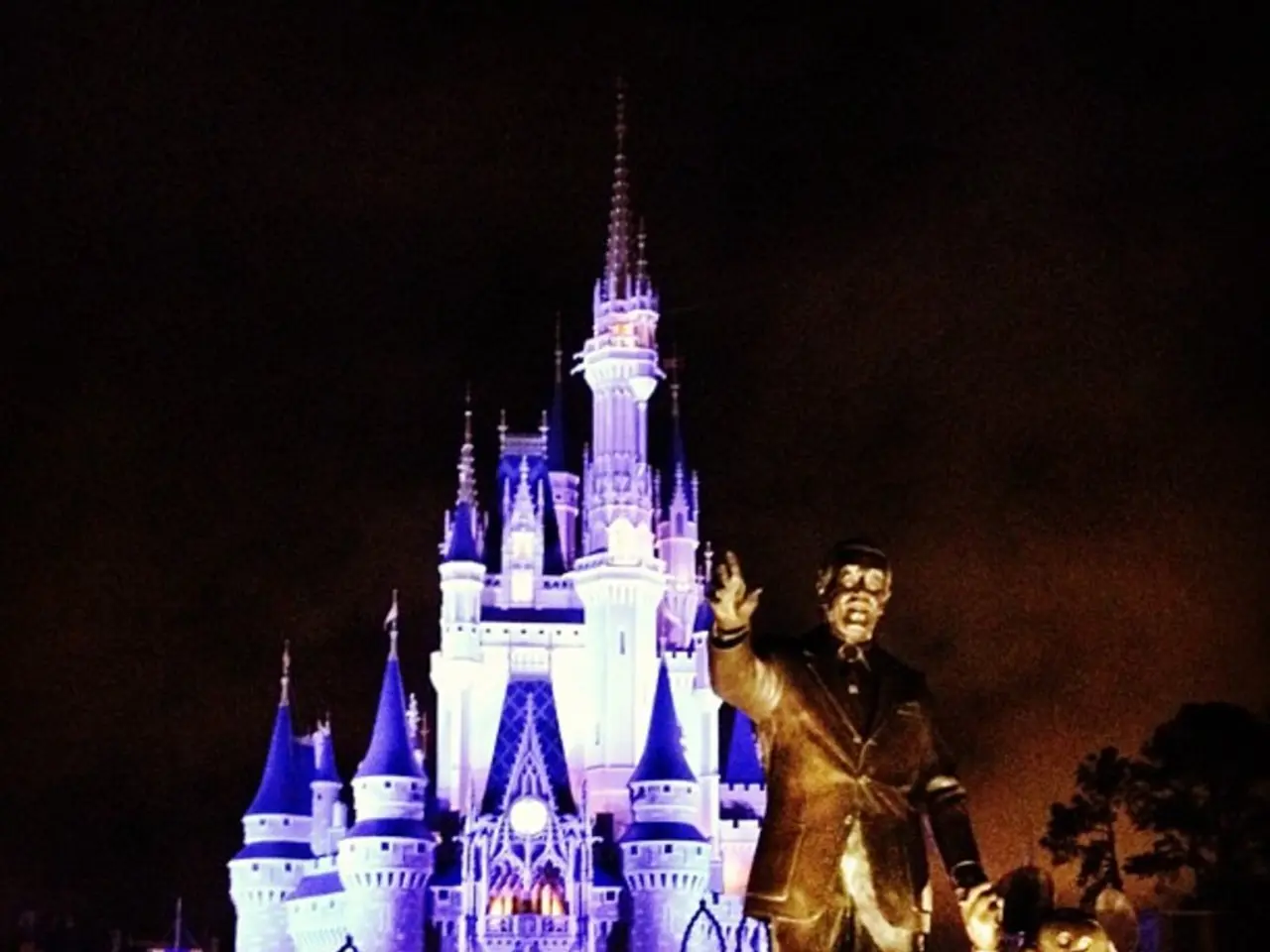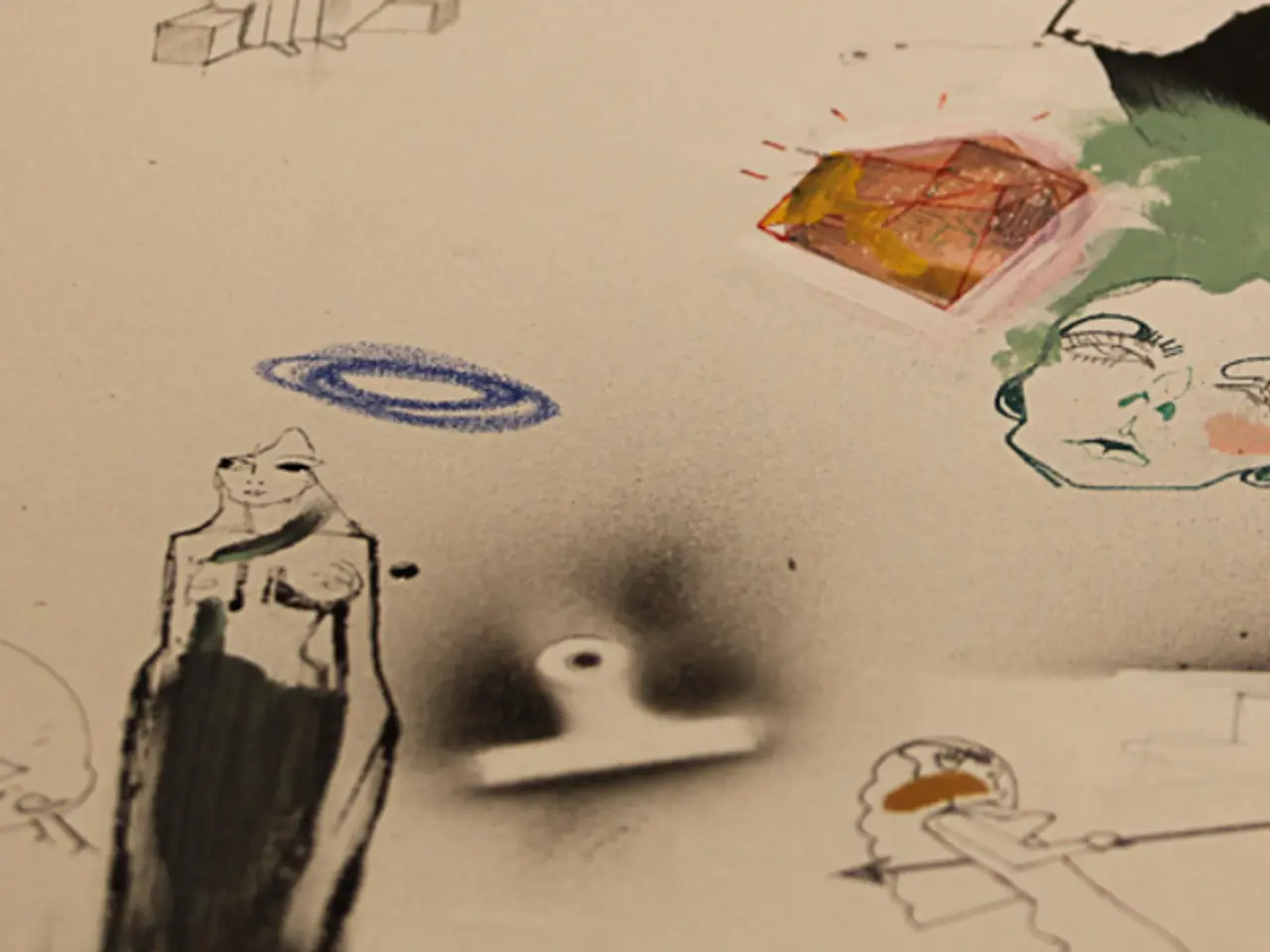The Enduring Impact of Hans Christian Andersen's Work
In the heart of Odense, Denmark, on April 2, 1805, a man was born whose fairy tales would captivate generations to come. Hans Christian Andersen, the son of a cobbler and a laundress, began his journey in a world far removed from the grandeur of his future success.
Born into humble beginnings, Andersen attended a local school for impoverished children. Yet, his thirst for knowledge was insatiable. At the age of 14, he ventured to Copenhagen, where he met the director of the Royal Danish Theater, marking the beginning of his artistic journey.
Andersen's life was not without its challenges. His mother was an alcoholic, and his aunt ran a brothel. Despite these hardships, he persevered, channeling his experiences into his work. His fear of being buried alive (taphephobia) and his various idiosyncrasies reflected his highly sensitive, eccentric personality, deeply influencing his life and creative work. His fear of being mistakenly declared dead even led him to leave notes saying "I only appear to be dead" by his bedside.
This intense sensitivity and emotional complexity are mirrored in his fairy tales, which frequently explore themes of human vulnerability, transformation, hope, and unfulfilled longing. For example, "The Little Mermaid" metaphorically embodies the willingness to sacrifice oneself for love and the pursuit of a soul, fusing Andersen’s sense of deep emotional yearning and existential anxiety.
His eccentric behaviors—such as carrying a rope for emergency escape, having mood swings, and reacting strongly to criticism—underscored his fragile psychological state, which in turn translated into the emotional depth, empathy, and human flaws evident in his stories. These idiosyncrasies and fears enriched his narratives with authentic reflections of human fallibility and complexity, making them resonate across cultures and generations.
By the age of 30, Andersen had gained international fame with his poems, plays, novels, and the first volume of "Fairy Tales Told for Children." His works have since been translated into over 150 languages, and Disney made his fairy tales world-famous through movies like "The Little Mermaid" and "Frozen."
The Hans Christian Andersen Museum, located in the house where he was born, was a popular destination, attracting 100,000 guests a year, most of whom were from abroad. The museum was closed due to the omicron variant in the winter of 2021 but has now reopened following renovation. Led by Japanese architect Kengo Kuma, the museum's redesign includes a sprawling garden and features installations by twelve artists.
Motifs from Andersen's stories can still be found in theater, music, ballet, comics, and films. "The Ugly Duckling" is a story that relates the success story of a humiliated outsider, while "The Emperor's New Clothes" is a parable about vanity and the fear of contradicting authority. "The Little Match Girl" is a story intended as a social critique, a silent protest against indifference to poverty and child suffering.
Andersen’s life marked by fear and eccentricity was not just a biographical detail but fundamentally shaped the emotional texture and themes of his work, contributing to its timeless appeal and profound insight into human nature. His tales, filled with empathy, vulnerability, and a deep understanding of the human condition, continue to resonate with readers and audiences worldwide, transcending the boundaries of time and culture.
[1] Andersen, H. C. (2015). The Fairy Tales of Hans Christian Andersen. Penguin Classics. [2] Nissen, J. (2005). Hans Christian Andersen: The Life of a Child Author. Taschen.
- Despite his challenging childhood marked by hardships, Hans Christian Andersen's work has become internationally renowned, translated into over 150 languages.
- The emotional complexity and themes in Andersen's fairy tales, such as love, transformation, and human vulnerability, resonate across cultures and generations.
- Motifs from Andersen's stories continue to influence various forms of media, from theater and music to ballet, comics, and films.
- For example, "The Ugly Duckling" mirrors a success story of an outsider, while "The Emperor's New Clothes" reflects a critique of vanity and the fear of contradicting authority.
- "The Little Match Girl," with its social critique, is a silent protest against indifference to poverty and child suffering.
- The Hans Christian Andersen Museum, a popular destination for many, showcases the life and works of the author who faced such fear and eccentricity, underscoring the impact these experiences had on his storytelling.








